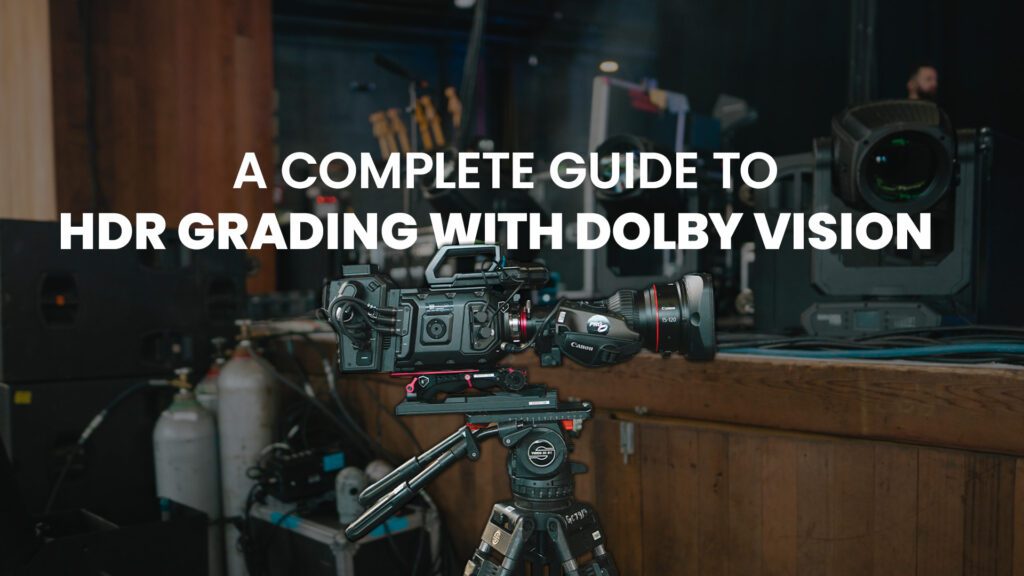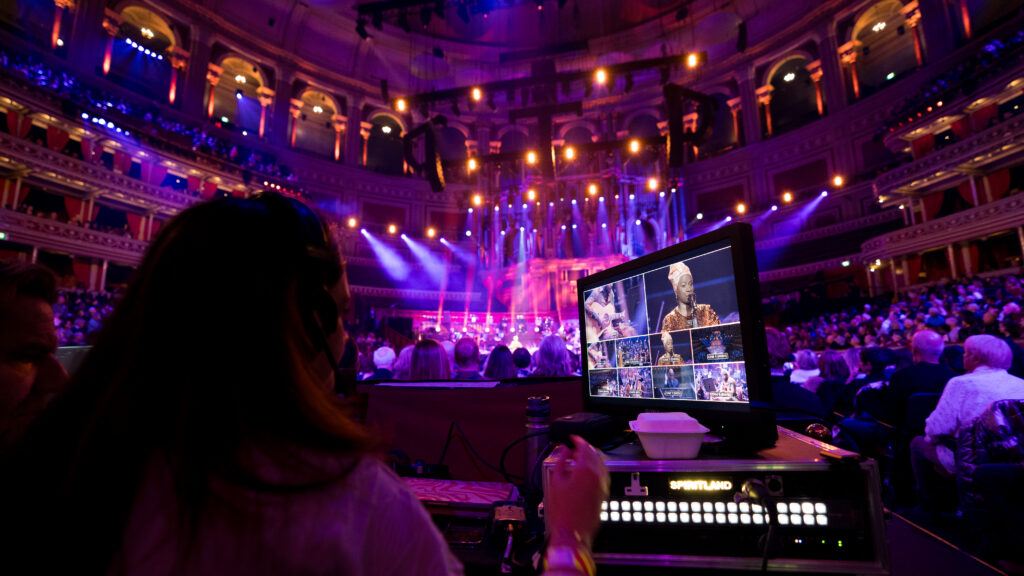
September 25, 2024
Today, we’re lifting the curtain on our live concert streams – On Air applies high dynamic range (HDR) grading (enhanced with the pioneering Dolby Vision) in post-production, transforming content from good to flawlessly cinematic. Think deeper blacks, vivid highlights, and a new meaning to the phrase “a pop of colour”.
For those visual enthusiasts, artists, or promoters out there looking to discover what the hype is all about, we’re exploring what makes HDR unique, how Dolby technology stands out, and why it’s a powerful tool to elevate your next live stream event.

What is HDR grading?
HDR grading refers to the process of adjusting and enhancing the brilliance, contrast, and colour in video to take full advantage of HDR technologies such as Dolby Vision. This allows for a wider colour gamut and a broader range of brightness levels compared to standard video formats.
This technique creates more immersive, lifelike visuals, offering a viewing experience closer to how the human eye perceives light and colour.
How is HDR grading done?
Our grading method is built around DaVinci Resolve. This industry-defining software not only masters HDR but also allows our team to monitor a Dolby Atmos mix for crystal-clear audio.
The intended result? A grade that not only matches but surpasses the ideal image envisioned by the Director or Director of Photography, ensuring the finest details and emotions are translated into the final footage.

What makes Dolby Vision special?
On Air is one of few production companies in Europe that uses Dolby Vision to enhance our concert streams. While several HDR standards are available, Dolby provides something truly unique, moving beyond a wider colour gamut and the usual HDR10 format.
In addition, it embeds dynamic metadata, which acts as an ‘instruction manual’ for TV, mobile, and desktop screens. This ensures each shot is optimised for different lighting and colour conditions, regardless of the display device.
HDR vs SDR: What’s the difference?
The key difference between HDR and SDR (standard dynamic range) grading lies in the level of detail.
With SDR, the final image’s dynamic range is limited, meaning that details in the shadows and highlights might be lost. However, HDR allows for more detail with richer contrasts and vibrant colours across the spectrum.

How does Dolby Vision streamline HDR?
One of Dolby Vision’s standout features is its ability to simplify the workflow for SDR deliverables. Thanks to Dolby’s trim pass feature, we start with the HDR grade and then apply SDR trims to the frames that need adjustment, streamlining the process without compromising quality.
Resulting in…
Curious to see an On Air transformation? We know you are.
Angélique Kidjo’s ’40th Anniversary’. Recorded at the Royal Albert Hall, London, in November 2023.
